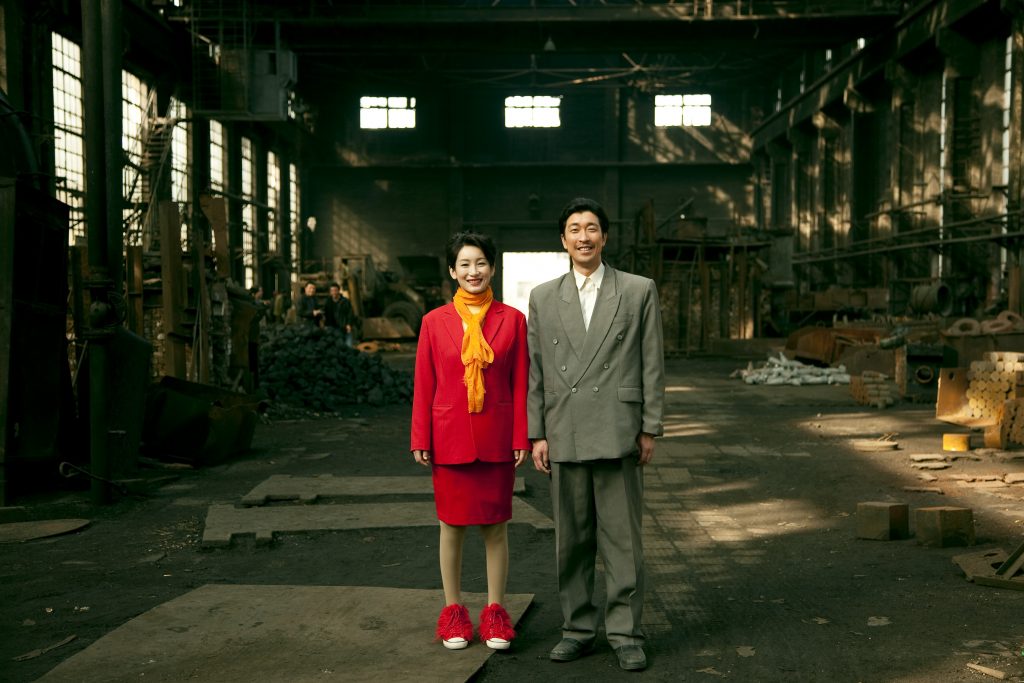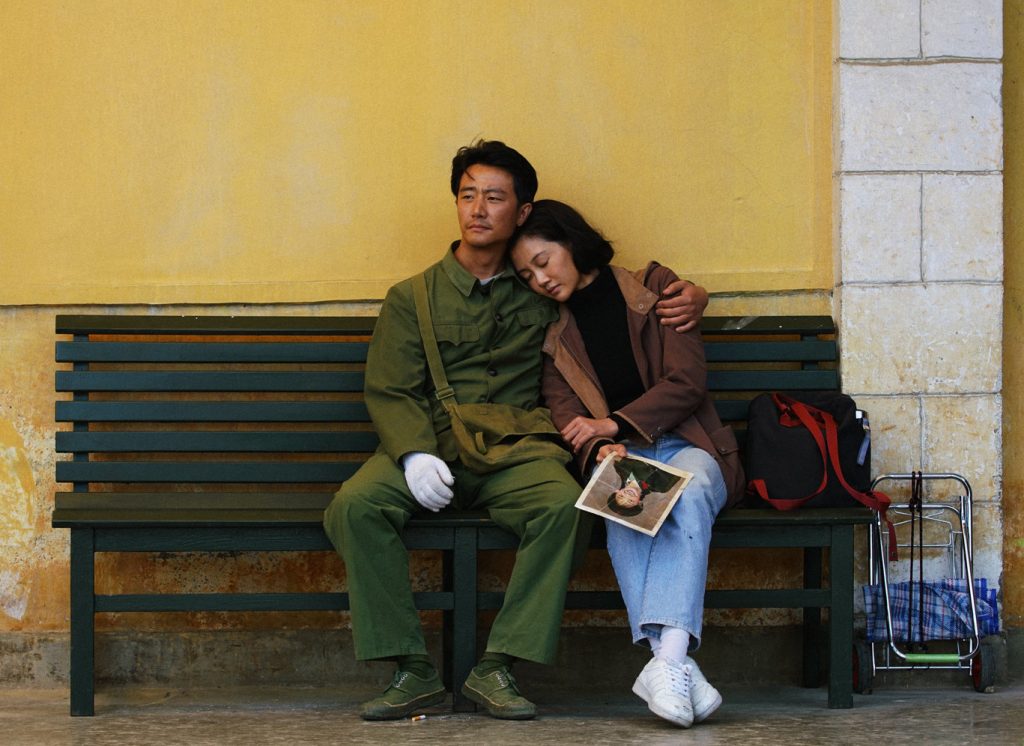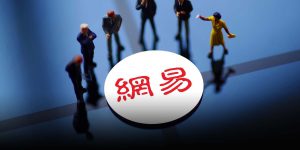This is the third article in a series on recent Chinese movies and television shows. Parts one and two can be found here.
In China, sociologists often use the word tizhi to describe the country’s society and culture. Tizhiroughly translates as “system” and captures the effects of a number of political, economic, and social measures undertaken by the Communist Party since it rose to power in 1949. These days, the public has a complex relationship with several of the measures enacted during the first three decades of Communist rule, especially the notions of socialist public ownership, the planned economy, and the danwei system, under which the government assigned all able-bodied citizens into work units.
Today, many Chinese feel that the old tizhi — the system that existed prior to the economic reforms of the late 1970s onward — carries a whiff of tragedy, of a simple yet obsolete social ideal. As the reform and opening-up policy gathered speed in the 1980s, the old system was gradually dismantled. Today, the country continues its transformation from a planned economy into one where the market is king and from a collective society into a more individualistic one. Indeed, many people hold prejudices against the old system, arguing that its extreme egalitarianism fostered laziness, while the new system lauds positive individual traits like bravery, entrepreneurialism, and self-fulfillment.
At the start of the reforms, popular culture adopted a markedly anti-establishment bent. By the 1990s, Chinese film and television lionized the notion of rapid socio-economic progress, lauding works that spoke of leaving the stability of the old system behind and making money through business. In the national media, the social crises that arose during the early reform years were blamed not on new policies, but on vestiges of the old system that had yet to be jettisoned. For example, the erstwhile pillars of socialist public ownership — state-owned enterprises (SOEs) — became hulking, unproductive relics of a former era, and the mass layoffs that resulted from their marketization became painful but necessary sacrifices to “liberate” certain industries.
Since the turn of the century, however, films and TV shows have re-examined the optimism of the 1990s. For example, the 2007 TV drama “Da Gongjiang” — loosely translated as “The Great Craftsman” — depicts the glory of industrial work in SOEs during the 1950s to 1970s, but also captures the long, slow path toward destitution that many workers took after their former employers abandoned them. The protagonist, Xiao Changgong, is a model worker once honored by Chairman Mao. At the peak of his career, he lives in a two-story, 200-square-meter Western-style building in a northeastern Chinese city. But in the 1990s, Xiao sees his own children laid off from the SOE where he previously worked. The TV show clearly plays up the historical hardships of the working class caused by the reform of state-owned enterprises. Continue to read the full article Here.
This is original content by Sixth Tone and has been republished with permission.







